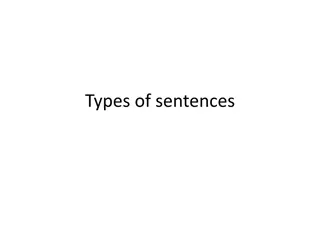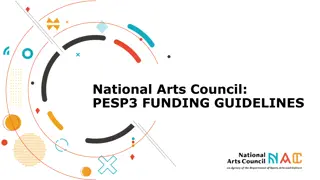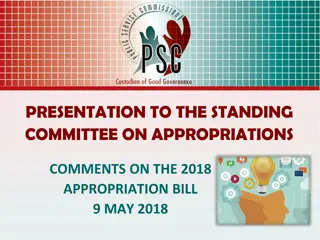Using Imperatives in English
Learn about the difference between requests and instructions, the use of imperatives in various contexts like giving instructions and expressing anger, understanding negative imperatives, and utilizing sequence markers with imperatives to create step-by-step instructions. Explore examples and tips for learning English using imperatives effectively.
Download Presentation

Please find below an Image/Link to download the presentation.
The content on the website is provided AS IS for your information and personal use only. It may not be sold, licensed, or shared on other websites without obtaining consent from the author.If you encounter any issues during the download, it is possible that the publisher has removed the file from their server.
You are allowed to download the files provided on this website for personal or commercial use, subject to the condition that they are used lawfully. All files are the property of their respective owners.
The content on the website is provided AS IS for your information and personal use only. It may not be sold, licensed, or shared on other websites without obtaining consent from the author.
E N D
Presentation Transcript
Prepared By: Ragia MagdeldinYoussef Ragia Youssef
Compare these two sentences: 1) 'Could you close the door?' 2) 'Close the door.' You probably think that the first sentence is more polite than the second and you are right. 1) is a request. We are asking someone to do something. 2) is an instruction. We are telling some what to do. Sentence two uses an imperative to tell someone what to do. Ragia Youssef
Imperatives are direct. Often they are used when we are angry. Perhaps your old school teacher told you to: 'Sit down! Be quiet! Stop talking!' Imperatives are also used in a less scary way. They are used when giving instructions. When you buy, for example, a new DVD player it comes with an instruction book telling you how to use it. This instruction book is written using imperatives. They are simple to use and easy to explain. Remember we can't use continuous verbs; only base verbs: 'Stand up, please' and NOT 'Standing up, please.' negative imperatives Ragia Youssef
negative imperatives The negative form is do + not + base verb For example: 'Do not smoke in your room.' 'Don't touch me!' If there are a number of steps in your instructions you can use the following sequence markers: Ragia Youssef
Sequence markers: First Then Next After that Finally Let's use some imperatives with sequence markers to show someone how to make a cup of coffee. First, boil some water. Then, put coffee into a cup. Next, pour the hot water into the cup. After that, add a little milk. Finally, stir the coffee. Ragia Youssef
Here's how to learn English using imperatives: Relax! Work hard! Review! Use Ms. Ragia s website! Enjoy it! Thank YOU Ragia Magdeldin Youssef Ragia Youssef

 undefined
undefined



























